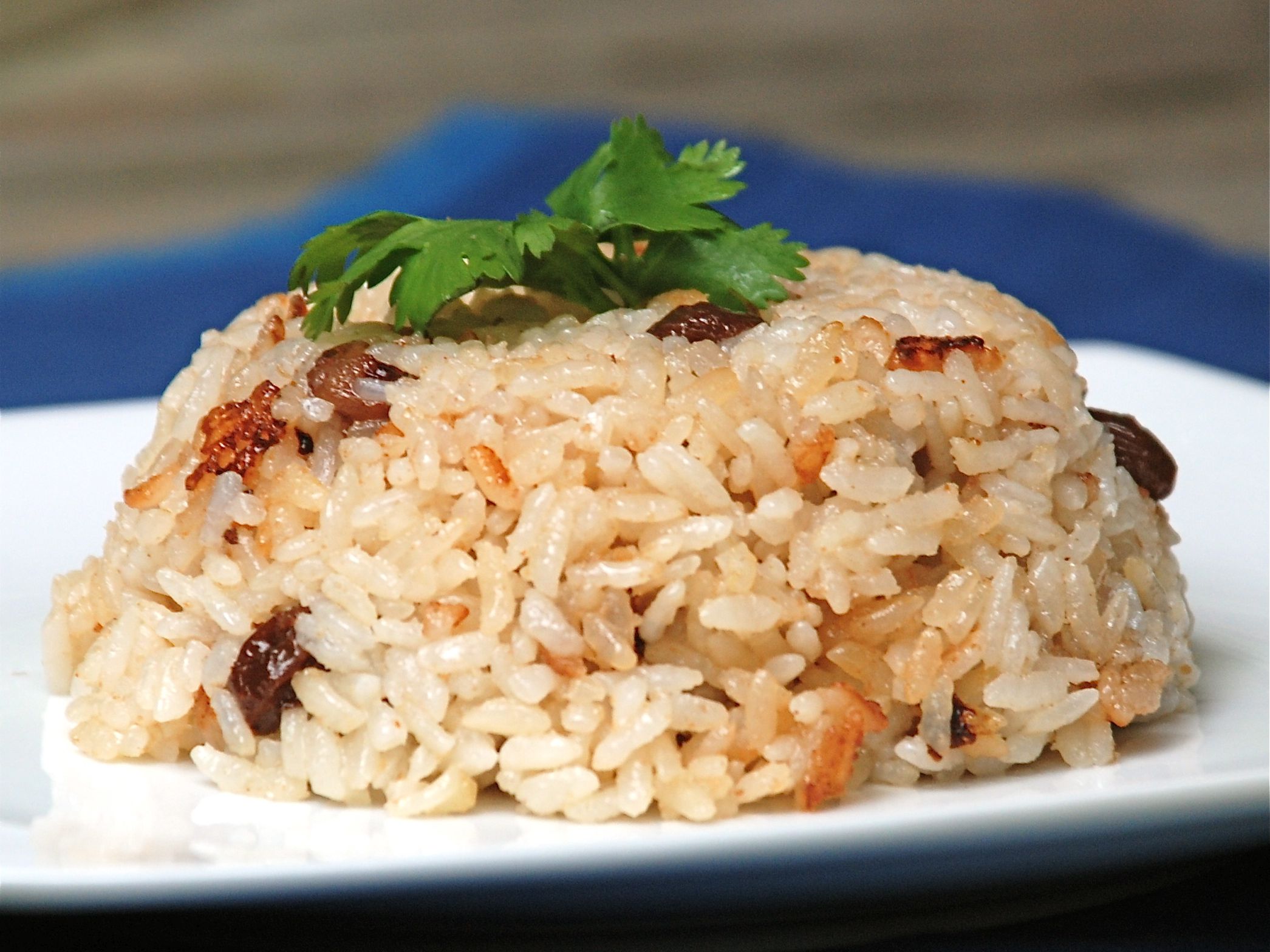
The Global Hunger Index (GHI) report 2020 placed India at the 94th position out of 107 nations from where sizeable data was available. While GHI considers several other aspects, the percentage of the undernourished population is one of the primary indicators taken into account.
Coming to malnutrition, as per the National Family Health Survey (NFHS)-4 conducted by the Ministry of Health and Family Welfare in 2015-16, 22.9 percent of women (15-49 years of age) are underweight (BMI less than 18.5 kg/m2). This staggering data, coupled with the number of malnourished children in the country, presents a grim situation. However, the silver lining is the government acknowledges it and is willing to fight it off.
While addressing the nation on the eve of the 75th Independence Day, Prime Minister Narendra Modi said malnutrition is a prominent obstacle in the development of women and children. He announced the country is gearing to take the challenge head-on, and it would fortify all the rice given to the poor under various government schemes, including the rice provided to children under the mid-day meal scheme by 2024.
According to FSSAI norms, 1 kg fortified rice can contain iron (28 mg-42.5 mg), folic acid (75-125 microgram) and Vitamin B-12 (0.75-1.25 microgram). Additionally, rice may also be fortified with micronutrients, singly or in combination, with zinc (10 mg-15 mg), Vitamin A (500-750 microgram RE), Vitamin B1 (1 mg-1.5 mg), Vitamin B2 (1.25 mg-1.75 mg), Vitamin B3 (12.5 mg-20 mg) and Vitamin B6 (1.5 mg-2.5 mg) per kg.
The government initiative, if successful, would result in a mass fortification drive as it would be fortifying rice, which is one of the most commonly consumed cereals in the country. However, we need to understand the what, when, why of fortification to develop a better perspective and know how it can help women and children fight malnutrition.
What is food fortification?
Fortification is the practice of increasing the content of an essential micronutrient, i.e. vitamins and minerals (including trace elements) in a food item to improve the nutritional quality of the food supply and provide a public health benefit with minimal health risk.
The food fortification process is subject to several defining considerations, such as LmL (Legal Minimum Level) and MTL (Maximum Tolerable Level). Market-driven fortification is another consideration that concerns food manufacturers who take the initiative of adding one or more micronutrients to processed foods, usually within regulatory limits, to attract consumers.
When did food fortification start in India?
While food fortification has been a common practice in developed economies, developing and underdeveloped countries are yet to take full-fledged advantage of these programs. Iodisation of salt is a relatively common example of food fortification. Way back in 1953, India started with the fortification of Vanaspati hydrogenated edible oil with vitamin A and vitamin D. Then later, in the 1960s, the program for fortification of salt with iodine in India started. However, the total number of Iodine Deficiency Disorder (IDD) cases in the country are still above the government’s target of 10 percent. Fortification is not limited to salt in India; several other consumables undergo the process to enhance their nutrient value. The Food Safety and Standards Authority of India has a distinct resource centre called the Food Fortification Resource Centre to look after issues related to food fortification.
source: https://www.businesstoday.in/